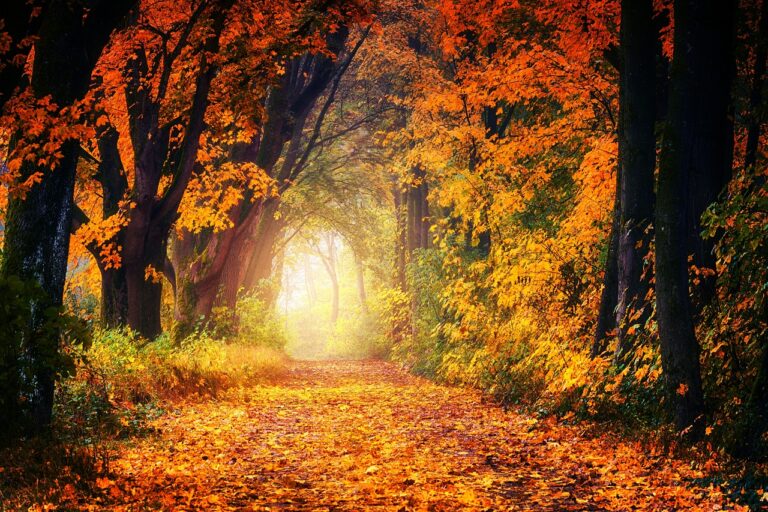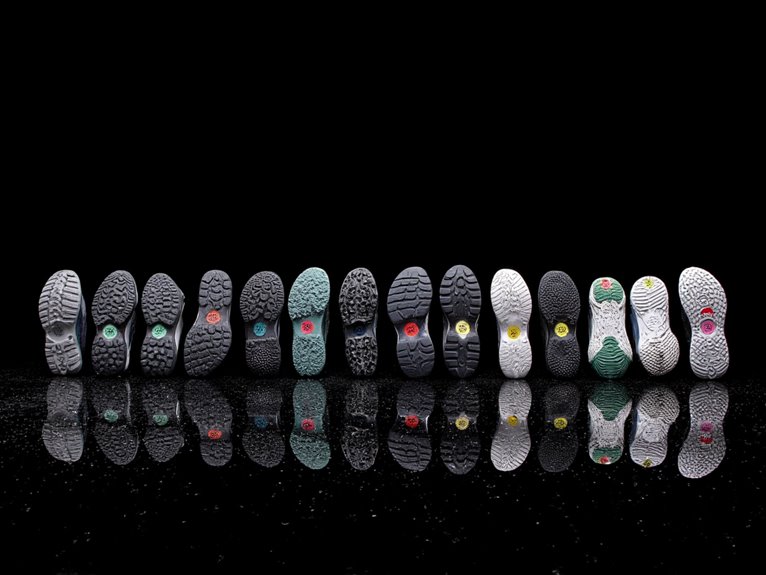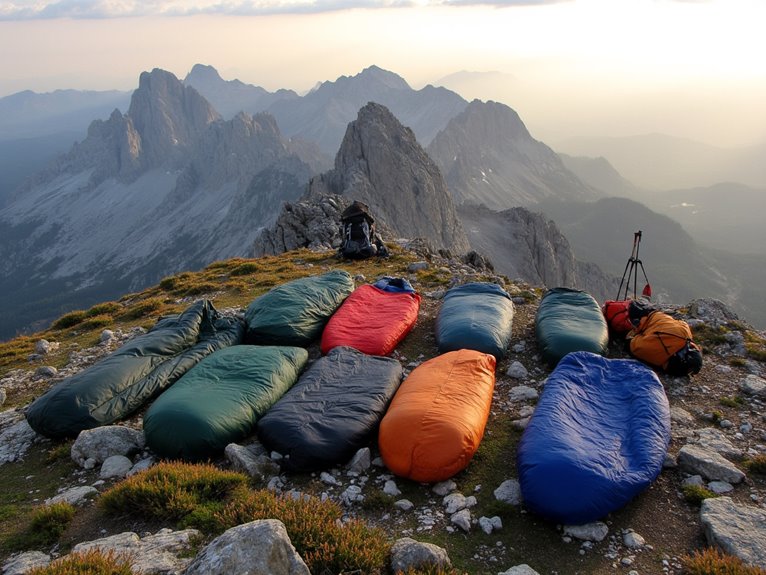Can You Use Nonstick Pan on Campfire?
While nonstick pans can be used over a campfire, it's essential to exercise caution to prevent damage to the pan's coating and safeguard safe cooking practices. High heat exposure can cause nonstick coatings to deteriorate rapidly, leading to toxic fume release and loss of non-stick properties. To minimize risks, maintain a safe distance from the campfire, use a heat diffuser, and monitor temperature fluctuations. With proper care and attention, you can enjoy a successful camping culinary experience. By understanding the limitations and precautions, you can discover the secrets to masterful campfire cooking.
We are supported by our audience. When you purchase through links on our site, we may earn an affiliate commission, at no extra cost for you. Learn more. Last update on 19th December 2025 / Images from Amazon Product Advertising API.
Risks of High Heat Exposure
Prolonged exposure to high heat can cause a nonstick pan's coating to deteriorate rapidly, leading to the release of toxic fumes and the loss of its non-stick properties.
When used over a campfire, the high heat can cause the coating to break down, rendering the pan unusable.
It is vital to monitor the heat and adjust it accordingly to prevent overheating.
Additionally, it is key to avoid sudden temperature changes, as this can cause the coating to crack or flake off.
Chemical Reactions to Avoid
When using a nonstick pan over a campfire, it's essential to be aware of the chemical reactions that can occur, potentially compromising the safety of your cooking experience.
Two critical reactions to avoid are the formation of toxic fumes and damage to the non-stick coating, both of which can have detrimental consequences.
Understanding these reactions is vital to preventing unwanted outcomes and ensuring a successful outdoor cooking experience.
Toxic Fumes Formation
Heating a nonstick pan over an open campfire can trigger a series of chemical reactions that release toxic fumes, posing serious health risks to campers and outdoor enthusiasts.
When nonstick coatings are exposed to high heat, they can break down and release harmful chemicals into the air. These fumes can cause respiratory issues, headaches, and other health problems.
To minimize the risk of toxic fume formation, it's essential to take precautions:
Avoid overheating: Keep the pan at a moderate temperature to prevent the nonstick coating from degrading.
Use a heat diffuser: Place a heat diffuser between the pan and the campfire to reduce direct heat exposure.
Choose a safe nonstick coating: Opt for pans with PFOA-free nonstick coatings, which are less likely to release toxic fumes.
Ventilate the area: Provide good airflow around the campsite to dissipate any fumes that may be released, and make certain to maintain a well-ventilated cooking environment.
Non-Stick Coating Damage
Exposure to high heat and open flames can cause nonstick coatings to undergo chemical reactions, leading to damage and degradation of the coating.
These reactions can break down the polymer chains, causing the nonstick surface to deteriorate.
When a nonstick pan is heated above its recommended temperature, the coating can begin to degrade, leading to the formation of micro-cracks and scratches.
This can compromise the nonstick properties, making the pan more prone to food sticking and requiring more maintenance.
To avoid this, it's essential to follow the manufacturer's guidelines for heat tolerance and avoid exposing the pan to open flames or extreme temperatures.
Nonstick Coating Damage Risks
When using a nonstick pan over a campfire, it's essential to be aware of the risks of damaging the nonstick coating.
Exceeding the heat threshold, chipping the coating, and clogging the pores are all potential hazards that can compromise the pan's performance.
Heat Threshold Exceeded
Beyond a certain temperature, the nonstick coating on your campfire pan becomes vulnerable to damage, compromising its food-release properties and overall performance. Exceeding the heat threshold can lead to irreversible damage, making it essential to monitor the heat when cooking over a campfire.
Some critical heat thresholds to be aware of:
- Medium-high heat: Nonstick coatings can start to degrade between 400°F to 450°F (200°C to 230°C).
- High heat: Temperatures above 500°F (260°C) can cause nonstick coatings to break down rapidly.
- Open flame: Direct exposure to open flames can cause nonstick coatings to degrade instantly.
- Sustained heat: Prolonged exposure to high heat can damage nonstick coatings, even if the temperature is below the recommended threshold.
Be mindful of these heat thresholds to preserve your nonstick pan's condition and maintain its performance over the campfire.
Coating Chipping Risk
In addition to heat-related damage, nonstick coatings are also susceptible to chipping and flaking, which can compromise their food-release properties and overall performance.
When exposed to the rigors of campfire cooking, nonstick pans are more prone to coating damage. The high heat, intense flames, and potential scratches from utensils or cleaning can cause the nonstick coating to chip or flake off.
This can lead to the underlying metal being exposed, resulting in food sticking and making cooking more difficult.
To minimize the risk of chipping, it's essential to handle nonstick pans with care, avoiding metal utensils and abrasive cleaning materials.
Pores Clogged Easily
The delicate pores of a nonstick coating can become clogged with ease, allowing residue and debris to accumulate and compromise the pan's nonstick properties. This can happen when cooking over a campfire, as ash, soot, and food particles can easily get trapped in the pores.
Food residue, leftover food bits, can stick to the pan and clog the pores, making cleaning more difficult.
Ash and soot from campfires can settle on the pan's surface, clogging the pores and affecting nonstick performance.
Using abrasive dish soap or failing to rinse the pan properly can leave behind dish soap residue that clogs the pores.
Using metal utensils can scratch the nonstick coating, creating pathways for debris to accumulate and clog the pores.
Campfire Temperature Considerations
Campfire temperatures can fluctuate wildly, reaching scorching highs of over 1,000°F (538°C) and plummeting to smoldering lows, making it essential to monitor and adjust cooking times accordingly.
This variability demands attention to prevent overheating, which can damage your nonstick pan or compromise the quality of your meal.
To mitigate this, use a thermometer to gauge the heat, and adjust the cooking position or adjust the flames as needed.
Additionally, cook in short intervals, checking on your food frequently to avoid overcooking.
Pan Material Compatibility Issues
When using a nonstick pan over a campfire, it's essential to weigh the compatibility of the pan material with the high-heat cooking environment.
Metal reactivity risks and non-stick coating damage are two critical concerns that can substantially impact the performance and longevity of the pan.
Metal Reactivity Risks
Among the most critical considerations when using a nonstick pan over a campfire is the potential for metal reactivity risks. This occurs when the pan's metal composition reacts with acidic or salty foods, leading to the leaching of harmful compounds into the food. This can result in unwanted flavors, textures, and even health risks.
To minimize metal reactivity risks, consider the following:
Avoid using aluminum or copper pans, as they are more reactive with acidic foods.
Opt for stainless steel or hard anodized pans, which are more resistant to metal reactivity.
Avoid cooking highly acidic or salty foods, such as tomatoes or seafood, in your nonstick pan.
Season your pan regularly to maintain a non-stick coating and reduce metal exposure.
Non-Stick Coating Damage
Damaging the non-stick coating of your pan can occur unexpectedly, especially when incompatible cookware materials are used in conjunction with high-heat campfire cooking.
When exposed to extreme temperatures, the non-stick coating can degrade, compromising its performance and potentially releasing harmful chemicals.
Incompatible materials, such as metal utensils or abrasive cleaning agents, can also scratch or chip the coating, further accelerating its deterioration.
To minimize the risk of damage, it's essential to choose cookware specifically designed for high-heat camping conditions and to handle the pan with care.
Safe Cooking Temperature Ranges
Maintaining ideal cooking temperatures is vital when using a nonstick pan over a campfire, as it directly impacts the quality and safety of the meal. To ensure a successful outdoor cooking experience, it's essential to understand the safe temperature ranges for your nonstick pan.
Low heat (150°F – 200°F): Ideal for simmering, melting, or cooking delicate foods.
Medium heat (200°F – 300°F): Suitable for sautéing, browning, or cooking vegetables.
Medium-high heat (300°F – 400°F): Best for searing meat, cooking pasta, or making stir-fries.
High heat (400°F – 450°F): Optimal for cooking thin cuts of meat, making pancakes, or achieving a crispy crust.
Alternative Cookware Options Available
While ideal cooking temperatures are essential for nonstick pan performance, outdoor enthusiasts may still encounter situations where alternative cookware options are necessary or preferred.
For instance, extremely high heat or open flames may damage nonstick coatings.
In such cases, alternative cookware options like stainless steel, cast iron, or hard anodized aluminum pans can be more suitable. These options are often more durable and can withstand higher temperatures, making them ideal for campfire cooking.
Additionally, titanium or ceramic-coated pans can also be viable alternatives, offering a non-stick surface without the temperature sensitivity.
Cooking Techniques for Campfires
When cooking over a campfire, mastering various techniques is essential to achieve ideal results, as the high heat and flames require adaptations to traditional cooking methods.
To ensure a successful outdoor culinary experience, it's crucial to employ techniques that cater to the unique conditions of campfire cooking.
Adjust cooking times: Campfires cook faster than traditional stovetops, so adjust cooking times accordingly.
Use foil packets: Wrap ingredients in foil to create a makeshift oven, ideal for cooking delicate foods.
Employ a grill grate: Elevate your nonstick pan to prevent scorching and promote even cooking.
Monitor heat zones: Control heat by adjusting the pan's distance from the flames to achieve the perfect temperature.
Nonstick Pan Maintenance Tips
To extend the lifespan of your nonstick pan and maintain peak performance, regular cleaning and storage are essential.
Avoid using abrasive cleaners or scouring pads, as they can damage the nonstick coating.
Instead, wash the pan with mild soap and warm water, and dry it thoroughly to prevent water spots.
For tough food residue, mix baking soda and water to create a paste, and apply it to the affected area. Let it sit for 30 minutes before washing as usual.
Store your nonstick pan in a dry place, away from direct sunlight, to prevent fading or discoloration.
Camping Cooking Safety Precautions
Proper safety precautions are crucial when cooking with a nonstick pan over a campfire, as the combination of heat, flames, and food can create hazardous conditions.
To ensure a safe and enjoyable camping experience, follow these essential safety guidelines:
Maintain a safe distance: Keep a safe distance between the campfire and flammable materials, such as tents or leaves.
Monitor children and pets: Always supervise children and pets near the campfire to prevent accidents.
Use a heat-resistant glove: Handle hot pans and cookware with a heat-resistant glove to prevent burns.
Keep a fire extinguisher nearby: Have a fire extinguisher or a bucket of water nearby in case the campfire gets out of control.



